Disclosure: This article contains affiliate links. We may earn a commission from purchases at no extra cost to you, which helps our travel content.
Standing on the wooden jetty at Lamu's harbor, the afternoon sun warming my face as dhows glided across the azure waters, I felt that familiar thrill of stepping into a place where time moves differently. After years in diplomatic service across three continents, few destinations have captivated me like Lamu – Kenya's oldest continuously inhabited town and a UNESCO World Heritage site where Swahili culture thrives in its purest form. This car-free archipelago with its labyrinthine streets, donkey transport, and centuries-old traditions offers a rare opportunity to disconnect from modern chaos and reconnect with a way of life that values community, craftsmanship, and conservation. Whether you're seeking romantic seclusion or cultural immersion, my week navigating Lamu's ancient streets revealed an experience that feels both authentically preserved and warmly welcoming to mindful visitors. Let me guide you through seven unforgettable days in this Swahili sanctuary.
Arriving in Lamu: A Journey Through Time
The journey to Lamu is part of its magic – a necessary transition that helps you shed the pace of modern life. After landing at the tiny Manda Airport, I boarded a traditional wooden dhow for the short crossing to Lamu Town. The captain, Ahmed, proudly explained how these vessels have remained largely unchanged for centuries, still hand-crafted by local artisans using techniques passed through generations.
As we approached the seafront, Lamu's distinctive silhouette emerged – stone buildings with ornate wooden balconies, the minaret of the Riyadha Mosque piercing the sky, and the imposing fort standing sentinel over the harbor. The absence of cars creates an immediate sensory shift; the air carries scents of spices, salt, and donkey rather than exhaust fumes.
I settled into my accommodation at Subira House, a beautifully restored Swahili mansion in the heart of town. Like most traditional Lamu homes, it features a central courtyard where sea breezes provide natural cooling, intricately carved wooden doors, and a rooftop terrace perfect for sunset views. The owner, Fatima, greeted me with kahawa (Swahili coffee) served in tiny porcelain cups alongside dates – the first of many small cultural rituals I would come to cherish.
That first evening, I wandered the waterfront as fishermen returned with their daily catch and locals gathered to watch the sunset – a daily, almost ceremonial occurrence here. At Whispers Café, I enjoyed my first taste of authentic Swahili cuisine: a fragrant coconut fish curry that would become my staple order throughout the week.
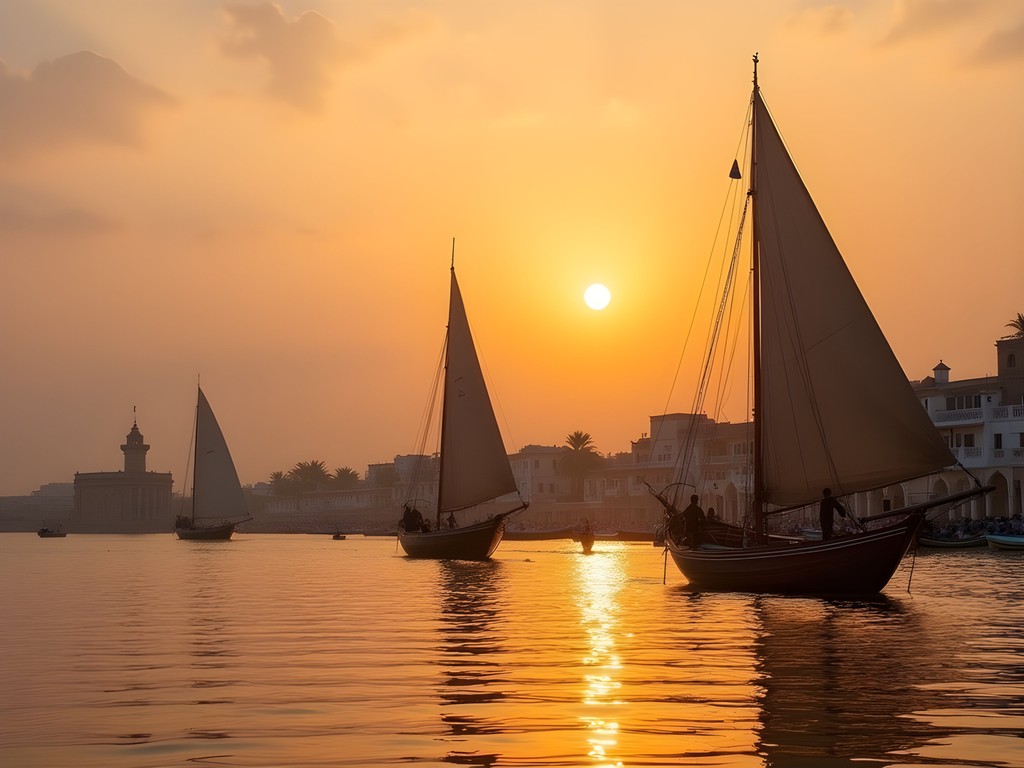
💡 Pro Tips
- Book flights to Lamu well in advance as seats on small aircraft fill quickly
- Pack light – you'll be carrying your luggage through narrow streets and possibly up steep staircases
- Bring a good dry bag for boat transfers and potential water activities
Navigating Lamu's Labyrinthine Old Town
Lamu Old Town deserves unhurried exploration, and I dedicated my second day to getting deliberately lost in its maze-like streets. Founded in the 14th century, this UNESCO-protected settlement contains over 700 historic buildings, each telling stories through their architecture. The narrow alleys – some barely wide enough for two people to pass – provide welcome shade as temperatures rise.
I hired Ali, a local guide recommended by my guesthouse, who proved invaluable in revealing hidden corners and architectural details I would have missed. "Notice how the buildings lean slightly toward each other," he pointed out. "Our ancestors designed them this way to create more shade in the streets."
The town's social hierarchy is literally built into its structure – the wealthier families historically lived closer to the waterfront in grander homes with elaborate plasterwork and carved doors, while simpler dwellings fill the back streets. Each door tells a story; intricate carvings might indicate a merchant's home, with specific motifs revealing the owner's origin or religious devotion.
At the Lamu Museum, housed in a former Sultan's palace, I gained context for the architecture surrounding me. The exhibits on Swahili culture, maritime history, and traditional crafts provided a framework for understanding everything I would experience during my stay. Don't miss the collection of ceremonial siwa horns – elaborate brass instruments used only for the most significant community announcements.
For lunch, I stopped at a local restaurant where I joined a communal table and ate the traditional way – with my right hand – sampling biryani, samosas, and mkate wa sinia (Swahili rice bread). Eating without utensils connects you more intimately with your food and the ritual of dining, though it takes practice to master the technique gracefully!
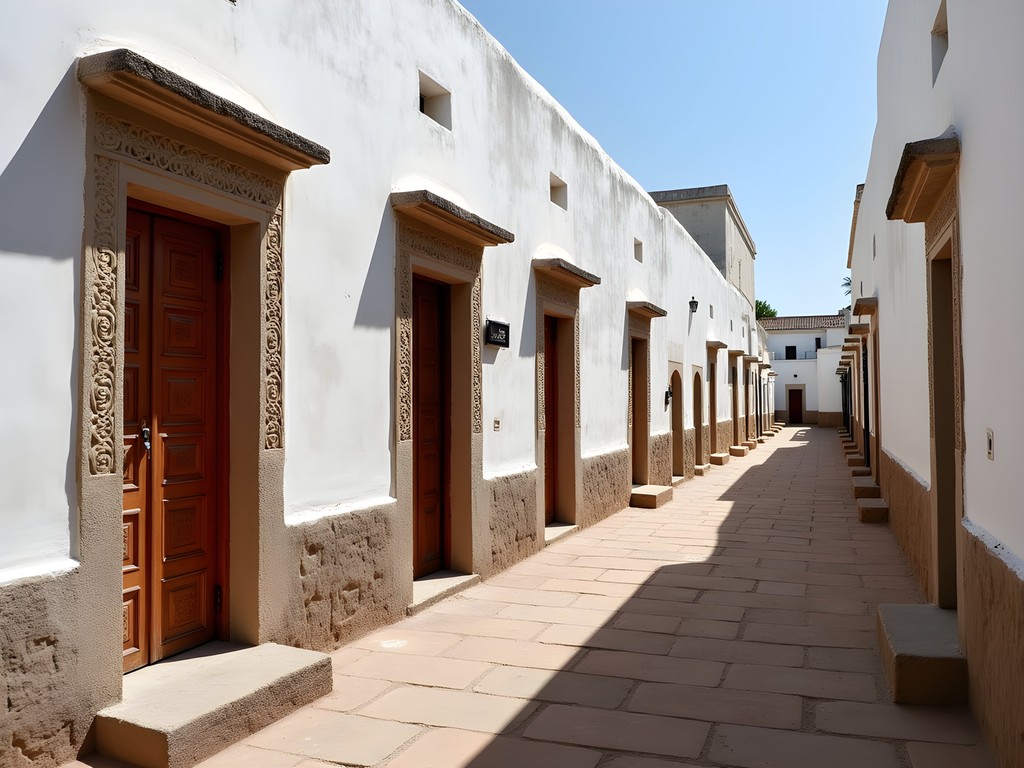
💡 Pro Tips
- Hire a local guide for at least one day to understand the architectural and cultural significance of the town
- Visit the Lamu Museum early in your trip to gain historical context
- Wear modest clothing that covers shoulders and knees out of respect for local customs
The Artisans of Lamu: Preserving Swahili Craftsmanship
One of Lamu's most precious resources is its community of skilled artisans who maintain traditional crafts that have nearly disappeared elsewhere along the Swahili coast. On my third day, I arranged visits to several workshops through the Lamu Cultural Promotion Center, an organization working to preserve these endangered skills.
My first stop was with Master Carpenter Athman, whose workshop echoed with the rhythmic sounds of hand tools shaping wood. At 72, his hands moved with remarkable precision as he demonstrated the intricate chisel work that goes into creating Lamu's famous carved doors. "Each pattern has meaning," he explained, pointing to lotus flowers (representing prosperity) and chain motifs (symbolizing strength and unity). I was struck by his concern that fewer young people are apprenticing in traditional carpentry, drawn instead to more modern occupations.
Next, I visited Mama Aisha, one of the island's most respected basket weavers. In her courtyard workshop, surrounded by palm fronds in various stages of preparation, she showed me how to strip, dry, and dye the materials before weaving them into intricate patterns. "We use everything the palm gives us," she said, demonstrating how different parts create different textures. I couldn't resist purchasing one of her beautiful market basket – both practical for shopping and a meaningful souvenir that supports traditional craftsmanship.
The afternoon led me to a silver workshop where artisans create the distinctive Lamu silver jewelry that combines Arab, Indian, and African influences. The master silversmith demonstrated techniques unchanged for centuries, creating elaborate filigree work for traditional Swahili wedding jewelry.
What struck me throughout these visits was how these crafts represent not just artistic traditions but sustainable practices developed over centuries. The materials are local, the techniques require minimal resources beyond human skill, and the products are built to last generations – principles our modern consumer culture could learn much from.
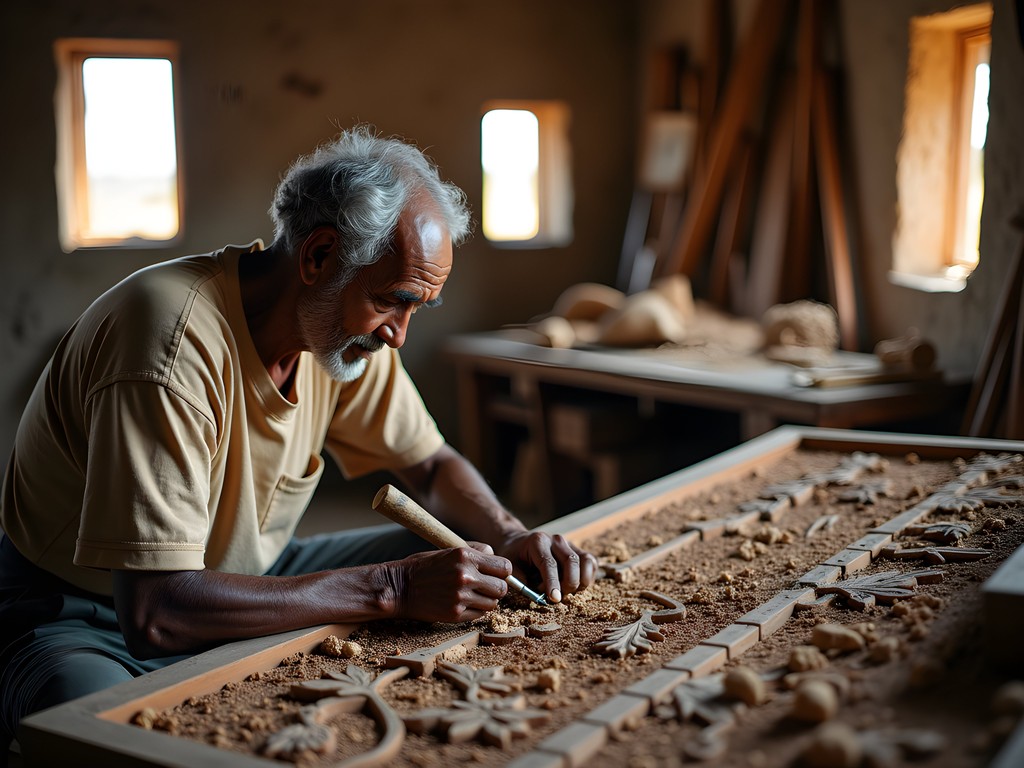
💡 Pro Tips
- Ask permission before photographing artisans and be prepared to purchase something small in appreciation
- The Lamu Cultural Promotion Center can arrange specialized craft tours focusing on your specific interests
- Bring cash for purchases as most workshops don't accept cards
Dhow Sailing to Manda Island: Conservation and Community
No visit to Lamu would be complete without experiencing the archipelago by traditional dhow – the sailing vessels that have connected East African coastal communities for centuries. I arranged a full-day excursion with Captain Yusuf, whose family has built and sailed dhows for seven generations.
We set out early, when the waters were calmest, heading toward Manda Island. As we sailed, Yusuf explained how the dhow's design has evolved subtly over centuries while maintaining its essential characteristics. "The shape of the hull, the way we set the sail – these come from our ancestors who learned to work with the monsoon winds," he said, demonstrating how they navigate without modern instruments.
I was particularly interested in visiting Manda because of the community conservation project there – a mangrove restoration initiative led by local fishermen who recognized the critical role these ecosystems play in marine health. Meeting with Ali, the project coordinator, I learned how declining fish stocks prompted the community to take action, replanting mangroves and establishing protected zones.
"The mangroves are our children's future," Ali explained as we waded through shallow waters to see newly planted seedlings. "They are nurseries for fish, protection against storms, and they clean our water." The project employs local youth as guides and conservation monitors, creating sustainable livelihoods tied to environmental protection rather than resource extraction.
After the conservation tour, we sailed to a secluded beach for lunch. Captain Yusuf's nephew prepared freshly caught fish grilled over a small fire, served with coconut rice and tropical fruits. I was grateful I'd brought my reef-safe sunscreen as the midday sun was intense, and I appreciated knowing my skin protection wasn't harming the delicate marine ecosystem we'd just learned about.
On the return journey, we were blessed with the company of dolphins playing in our wake – a fitting endorsement of the conservation work being done to protect their habitat. As the afternoon winds filled our sail, I reflected on how the traditional knowledge embodied in dhow sailing aligns perfectly with modern conservation needs – both require intimate understanding of natural systems and sustainable use of resources.
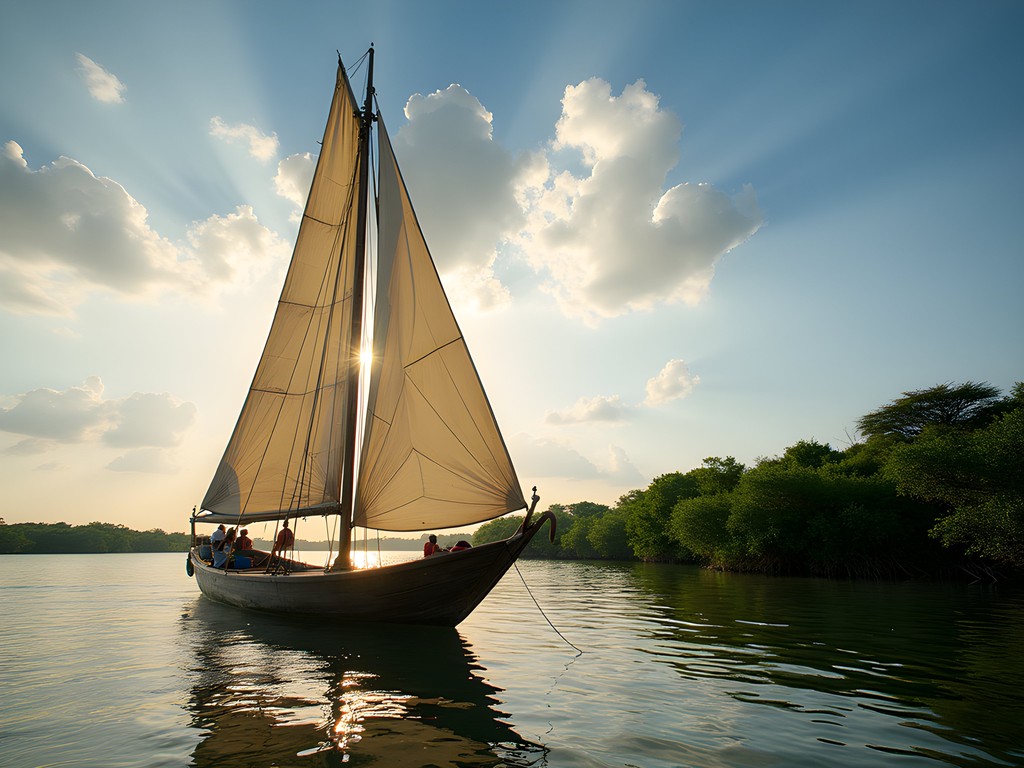
💡 Pro Tips
- Book your dhow excursion through reputable operators who support local conservation efforts
- Bring reef-safe sunscreen, a hat, and plenty of water
- Consider timing your trip during the annual Lamu Dhow Festival (November) to see racing and celebrations of maritime heritage
Swahili Cuisine: A Hands-On Cooking Experience
Food tells the story of Lamu's position at the crossroads of cultures – African, Arab, Indian, and European influences blend in dishes that showcase the archipelago's bounty of seafood, tropical fruits, and spices. To truly understand this culinary heritage, I joined a cooking class at Banana House, led by the wonderful Chef Fatima.
Our day began with a market tour that engaged all senses – the vibrant colors of fresh produce, the calls of vendors, the fragrance of spice stalls. Fatima navigated the market with practiced ease, introducing me to vendors she's known for decades. We selected red snapper caught that morning, coconuts, limes, and a dazzling array of spices including cardamom, cloves, cinnamon, and the saffron-like turmeric that gives many Swahili dishes their golden hue.
Back at the cooking school, our small group of four travelers gathered around a traditional clay jiko stove. "Swahili cooking is about patience and layers of flavor," Fatima explained as she demonstrated how to prepare the spice paste for mchuzi wa samaki (fish curry). We each took turns grinding freshly toasted spices in a traditional stone mortar and pestle – far more aromatic than any pre-ground spices I've used at home.
The menu included several staples of Swahili coastal cuisine: coconut rice pilau infused with cloves and cinnamon sticks; kachumbari (tomato and onion salad with lime); and mkate wa ufuta (sesame bread) cooked on a clay griddle. Throughout the process, Fatima shared stories of how these recipes connect to Swahili culture – which dishes are prepared for weddings, religious celebrations, or everyday family meals.
The most valuable souvenir I took from this experience was my spice collection and the knowledge of how to use these flavors authentically. After returning home, recreating these dishes has transported me back to Lamu's fragrant kitchens and connected me to this special place in a way photographs never could.
What struck me most was how Swahili cuisine exemplifies sustainable food practices – locally sourced ingredients, minimal waste, and cooking methods that require little fuel. These traditions developed over centuries out of necessity but offer valuable lessons for our modern food systems.
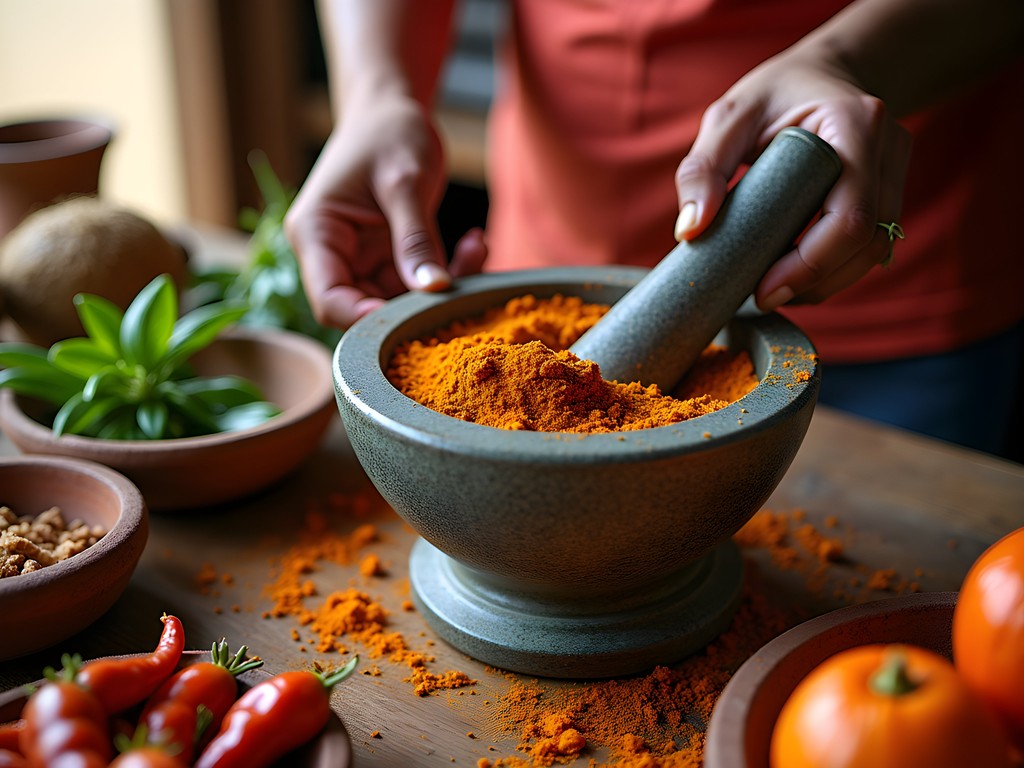
💡 Pro Tips
- Book cooking classes at least a day in advance as they often fill up
- Bring a small notebook to record recipes and techniques
- Most cooking classes can accommodate dietary restrictions if notified beforehand
Spiritual Lamu: Sacred Spaces and Celebrations
Lamu's spiritual heritage is as rich as its architectural one – the island has been a center of Islamic learning for centuries, with over 23 mosques dotting its small area. While many sacred spaces remain reserved for practitioners, there are respectful ways for visitors to appreciate this dimension of Swahili culture.
I was fortunate that my visit coincided with Maulidi, an annual celebration of the Prophet Muhammad's birth. Though the main religious ceremonies are private, the festival includes public cultural events that welcome visitors. The streets came alive with processions featuring traditional Swahili poetry recitations, drum performances, and displays of skill like donkey races and dhow sailing competitions.
The Riyadha Mosque, founded in the late 19th century, is the spiritual heart of Lamu and center of the Maulidi celebrations. While non-Muslims cannot enter the prayer hall, the mosque's caretaker, Ibrahim, invited me to tour the exterior and adjoining madrasa (religious school). He explained how the mosque has served as both a place of worship and a center for cultural preservation, with its library housing rare manuscripts of Swahili poetry and Islamic texts.
"Education has always been valued in Lamu," Ibrahim told me. "For centuries, scholars have come from across East Africa to study here." This tradition continues today, with students still learning through traditional methods alongside modern education.
Even as a non-practitioner, I found the daily rhythm of the call to prayer provided a beautiful structure to island time. The melodic adhan floating across the town five times daily reminded me of how spiritual practice remains integrated with daily life here, unlike the compartmentalized approach common in many Western societies.
One evening, I was invited to join a local family for breaking the fast during Ramadan. This generous inclusion in a sacred family ritual – sharing dates, kahawa (Swahili coffee), and conversation as the sun set – remains one of my most treasured memories of authentic cultural exchange. My hosts explained various Ramadan traditions specific to Swahili culture, including special foods prepared only during this holy month.
These experiences underscored for me how religious traditions in Lamu aren't separate from cultural identity but form its very foundation. The spiritual practices have helped preserve language, architecture, arts, and community bonds through centuries of change.
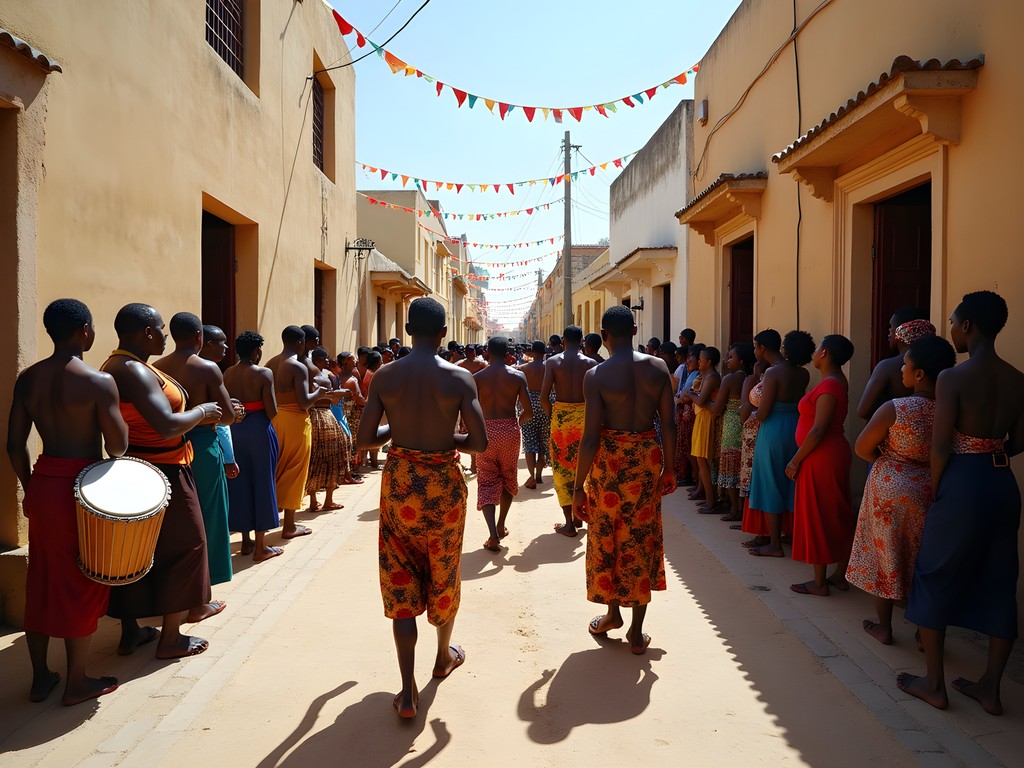
💡 Pro Tips
- Research religious festivals that might coincide with your visit, as they offer unique cultural insights
- Dress modestly throughout your stay, but especially when near religious sites
- Ask permission before photographing religious buildings or ceremonies
Shela Village and Beach: Finding Balance Between Tradition and Tourism
On my sixth day, I took a short boat ride to Shela Village – Lamu Island's second settlement and a fascinating study in how traditional culture adapts to tourism influence. Just four kilometers from Lamu Town but worlds apart in atmosphere, Shela offers a different perspective on Swahili coastal life.
Originally settled in the 17th century, Shela was long a quiet fishing village. Today, it's become popular with international visitors drawn to its spectacular 12-kilometer golden sand beach and more relaxed atmosphere. The village has attracted artists, writers, and travelers seeking longer stays, some of whom have restored traditional homes as guesthouses or private residences.
I stayed at Peponi Hotel, a Lamu institution run by the same family since 1967. Its whitewashed walls, flowering bougainvillea, and understated elegance epitomize the subtle luxury that characterizes Shela's best accommodations. From my veranda, I watched fishermen prepare their nets for evening work while children played soccer on the beach – the continuing rhythms of local life alongside tourism development.
What makes Shela interesting is the delicate balance it maintains. Unlike many beach destinations that become completely transformed by tourism, here traditional life continues alongside visitor facilities. The mosque still calls locals to prayer five times daily, donkeys remain the primary transport, and fishing provides livelihoods for many families.
I spent the afternoon exploring the dunes behind Shela Beach with my compact binoculars, spotting coastal birds including the magnificent fish eagle. The environmental sensitivity of the area is evident – signs explain dune conservation efforts and request visitors to follow designated paths to prevent erosion.
For dinner, I chose Moonrise Restaurant, where Chef Ahmed combines traditional Swahili flavors with contemporary presentation. Over a meal of crab samosas and coconut-crusted fish, I chatted with Ahmed about the challenges and opportunities tourism brings to Lamu. "We want visitors who come to appreciate our culture, not change it," he reflected. "The best guests leave knowing more about Swahili life and having contributed positively to our community."
As night fell, I joined other guests and locals on the beach, where a local conservation group was monitoring turtle hatchlings making their precarious journey to the sea. This community-led conservation effort – supported by responsible tourism – exemplifies the positive potential when traditional knowledge meets contemporary environmental awareness.
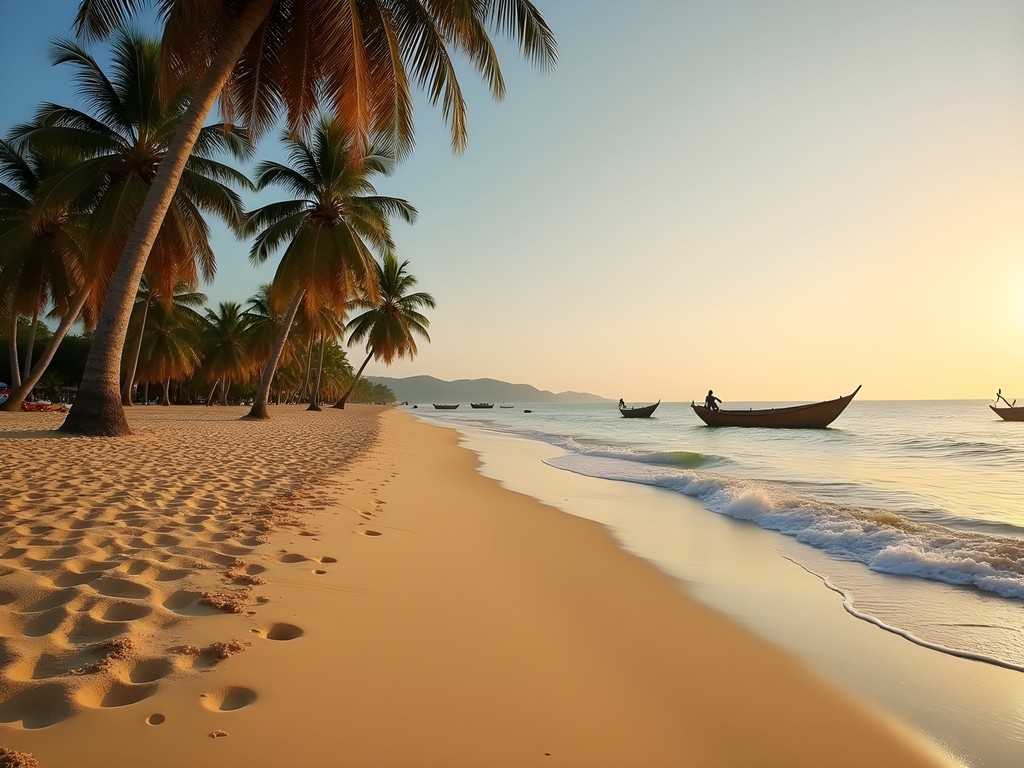
💡 Pro Tips
- Consider splitting your stay between Lamu Town and Shela for contrasting experiences
- The walk between Lamu Town and Shela Beach takes about an hour – go early morning or late afternoon to avoid the strongest sun
- Support businesses that employ local staff and contribute to community initiatives
Final Thoughts
As my dhow pulled away from Lamu's harbor on that final morning, the town's silhouette receding against the rising sun, I felt the familiar bittersweetness that comes with leaving a place that has touched you deeply. What makes Lamu extraordinary isn't just its preserved architecture or cultural traditions, but how these elements remain living, breathing aspects of daily life rather than museum pieces. In an era where so many historic destinations have become theme-park versions of themselves, Lamu offers something increasingly rare – authenticity.
This UNESCO World Heritage site faces significant challenges – climate change threatens its coastal position, economic pressures tempt younger generations away from traditional crafts, and tourism must be carefully managed to support rather than overwhelm local culture. Yet the resilience that has sustained this community through centuries of change gives me hope for its future.
If you're considering a visit, I encourage you to approach Lamu with openness, respect, and a willingness to adjust to island rhythms rather than imposing your own. The rewards – genuine cultural exchange, moments of tranquility, and connections with remarkable people – will far outweigh any luxury conveniences you might temporarily forgo. Lamu doesn't just offer a journey to another place, but to another way of being – one we might all learn from.
✨ Key Takeaways
- Lamu offers authentic cultural immersion in living Swahili traditions rather than staged tourist experiences
- Supporting local artisans and community conservation efforts helps preserve both cultural heritage and natural environments
- The car-free lifestyle of the island provides a rare opportunity to experience a slower, more sustainable pace of life
📋 Practical Information
Best Time to Visit
November to March (dry season)
Budget Estimate
$100-200 per day including accommodation, meals and activities
Recommended Duration
7 days minimum
Difficulty Level
Moderate

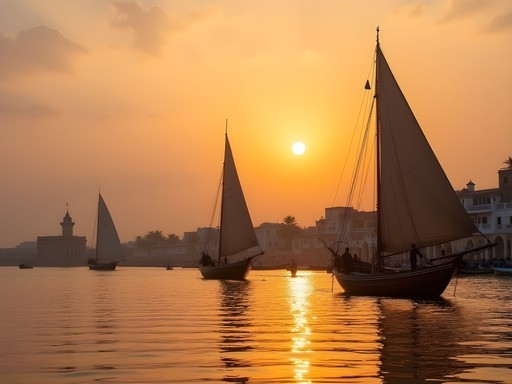
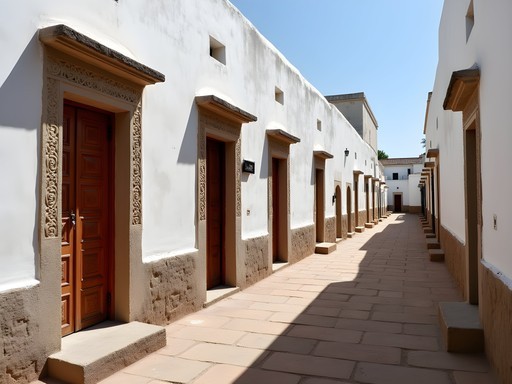
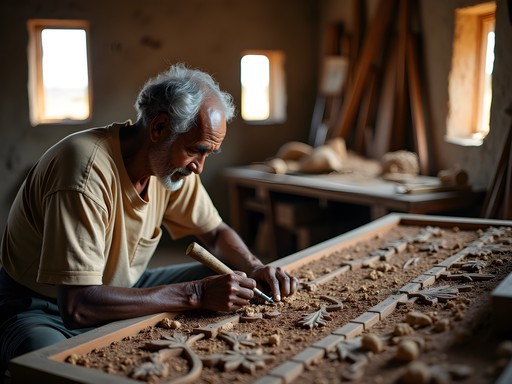
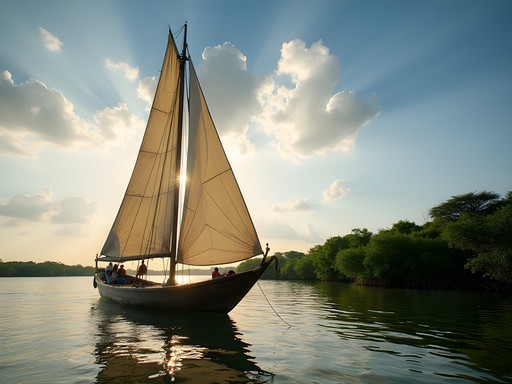
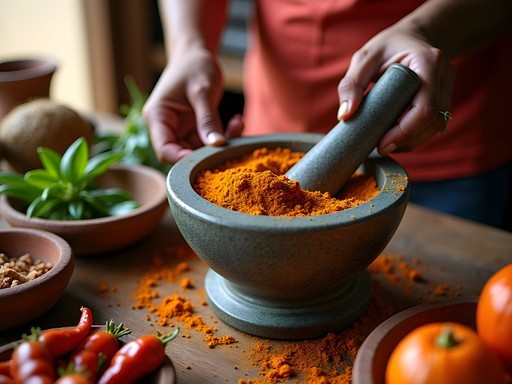
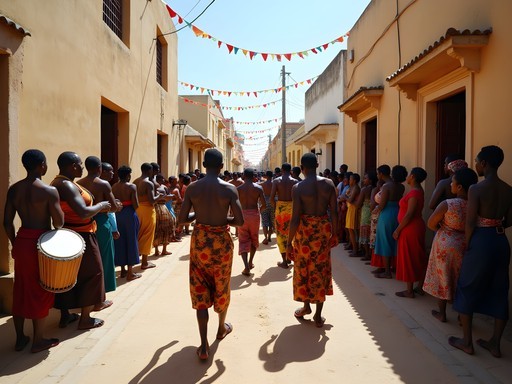


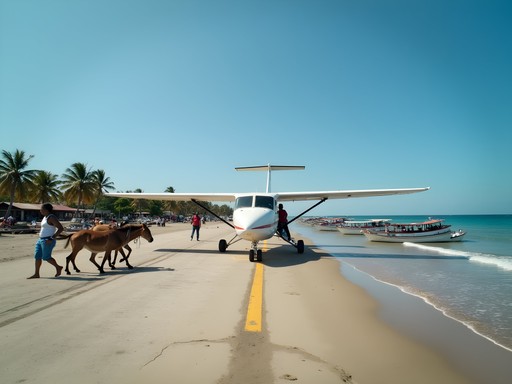
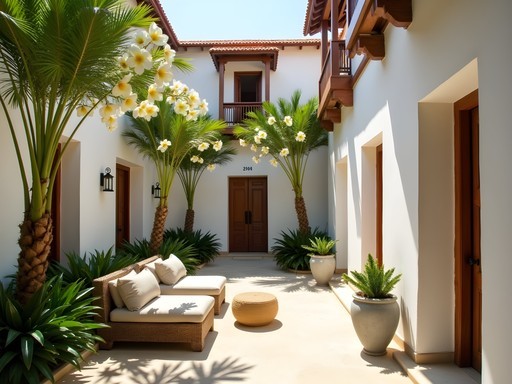






Comments
Riley Griffin
We took our kids (12 and 14) to Lamu last year as part of our Kenya trip, and it was their favorite part of the journey! Everyone talks about safaris when visiting Kenya, but this coastal cultural experience was truly special. The locals were so welcoming to our children, even inviting them to join in a traditional game with local kids. My daughter still talks about the henna painting session she had with a local artist. One thing I'd add for families considering Lamu - the lack of cars makes it so peaceful, but be prepared for lots of walking in the heat. We stayed in Shela which was quieter than Lamu Town but still had that authentic feel. The dhow trip to Manda Island was magical - our captain let the kids help sail! Savannah, your post captures the essence of Lamu perfectly.
journeyperson
This is so helpful! I've been wondering if Lamu would be good with kids. Did you find enough activities to keep them engaged for several days?
Riley Griffin
Absolutely! Between dhow sailing, beach time, exploring the town, visiting artisans, and even a cooking class, they were never bored. Just bring plenty of sun protection and water bottles. The slower pace was actually a nice change from our busy safari schedule.
waveway
Those photos are incredible! Adding Lamu to my bucket list right now!
Marco Flores
Lamu is truly a hidden gem of East Africa! I spent two weeks there last year and completely fell in love with it. The way you described the donkeys navigating those narrow alleyways brought me right back! One tip for anyone planning to visit - spend at least one night in a traditional Swahili house with those iconic carved doors and inner courtyards. I stayed at a small guesthouse in the heart of the old town and waking up to the call to prayer and the sounds of the town coming alive was incredible. Also, don't miss taking a cooking class - I learned to make the most amazing coconut fish curry with a local family. I documented my whole journey with my mirrorless camera which was perfect for capturing those atmospheric narrow streets without being too bulky. Savannah, did you make it to Matondoni village to see the rope makers?
Savannah Arnold
I did visit Matondoni! Such an incredible experience watching those skilled artisans. And completely agree about staying in a traditional house - those rooftop views at sunset are unbeatable!
journeyperson
Where did you stay in Lamu? Looking at going next year but not sure which area would be best for a first-timer!
moonstar
This looks amazing! How did you handle safety there? I've heard mixed things about traveling to Lamu as a solo female traveler. Was it pretty comfortable to explore on your own?
Savannah Arnold
Great question! I felt very safe in Lamu Town and Shela. The locals are incredibly welcoming, and the island has a strong community feel. I did take standard precautions like not walking alone late at night and keeping valuables secure. If you're concerned, I'd recommend staying in Shela which is quieter but still authentic.
sunsetwanderer
I second what Savannah said! I'm also a solo female traveler and felt very comfortable there. Just respect local customs with modest dress and you'll be fine!
sunsetwanderer
Savannah, your post brought me right back to my time in Lamu two years ago! That labyrinthine Old Town is something else - I got lost at least three times but honestly, those were the best moments. Did you try the Swahili coffee ceremony at any point? The spiced coffee served by locals in those tiny cups was a highlight for me. And those dhow trips at sunset... pure magic! Did you get to see the traditional boat builders working on the shore?
Savannah Arnold
Thanks so much! Yes, I did experience the coffee ceremony - that cardamom flavor is unforgettable! And I spent a whole morning with the boat builders, such incredible craftsmanship passed down through generations.
smartvibes
Just finished reading this after bookmarking it last week - WOW! As someone with Swahili heritage (my grandma was from Tanzania), this made me emotional. Your respectful approach to documenting the culture is refreshing. Those craftsmanship photos are incredible - my grandma used to have similar carved items in her home. Adding Lamu to my must-visit list for reconnecting with my roots!
tripmate
Really appreciate how you highlighted the environmental conservation efforts on Manda Island. We often focus on the culture and history of places like Lamu but forget about the ecological challenges they face. I volunteered with a marine conservation group near there last year and the local commitment to protecting their waters was impressive. Great to see this getting attention in travel blogs!
sunnyperson
OMG I'm literally booking my flights after reading this!!! Those wooden doors are STUNNING and I need to see them in person! Did you struggle with the no-cars thing or was it easy to get around? So excited!!!!!
islandlover
The no-cars thing is actually the best part! Walking everywhere lets you discover hidden corners you'd miss otherwise.
Haley Hamilton
Savannah, your description of navigating those labyrinthine streets took me right back! I spent two weeks in Lamu back in 2023 and still dream about those sunrise calls to prayer echoing over the town. For anyone planning a visit, I'd recommend connecting with local artisans - I took a woodcarving workshop with an elderly craftsman who'd been carving those iconic Lamu doors for 50+ years. His stories were as intricate as his work! Also, don't miss taking a sunset dhow ride - splurge on a private one if you can. The fishermen-turned-sailors know all the best spots to see flamingos in the mangroves. Lamu feels like one of those rare places tourism hasn't completely transformed yet. Hope it stays that way.
travelqueen
Haley, do you remember the name of the woodcarver or how to find him? That sounds amazing!
Haley Hamilton
His name was Athman! Ask around near the Lamu Fort - most locals know him. His workshop is tucked away down a tiny alley, but anyone can point you there. Just bring patience and time - it's very much on 'Lamu time' not tourist schedule!
Venture X
Premium card with 2X miles, $300 travel credit, Priority Pass